Video content is everywhere—from social media to security systems, entertainment to education. The sheer volume of video data being generated every day is staggering. Analyzing this data manually is not just impractical but almost impossible. Enter AI-driven video analytics. This technology is revolutionizing how we understand and utilize video data. By leveraging AI, businesses and individuals can extract valuable insights, improve security, enhance customer experiences, and much more. In this article, we’ll explore how AI is transforming video analytics and the profound impact it is having across various industries.
The Basics of AI-Driven Video Analytics
What is AI-Driven Video Analytics?
AI-driven video analytics uses artificial intelligence to automatically analyze video content. This involves using machine learning algorithms, computer vision, and deep learning to interpret and understand visual data. Unlike traditional video analytics, which relies on predefined rules, AI-driven analytics can learn from the data, making it more flexible and accurate.
How Does It Work?
AI-driven video analytics typically involves several steps. First, the video data is captured and preprocessed. This might include converting the video into a format suitable for analysis or removing noise. Next, AI algorithms analyze the video to identify objects, actions, or patterns.
For example, in a security video, AI can detect and recognize faces, identify suspicious behavior, or track movement. Finally, the insights generated from the analysis are presented in a user-friendly format, such as dashboards or alerts, allowing users to make informed decisions.
Key Technologies Behind AI Video Analytics
Several key technologies power AI-driven video analytics:
Computer Vision: This technology enables machines to interpret and understand visual information from the world. It involves techniques for image processing, object detection, and facial recognition.
Machine Learning: Machine learning algorithms allow systems to learn from data and improve over time. In video analytics, machine learning can be used to recognize patterns, predict behaviors, and classify objects.
Deep Learning: A subset of machine learning, deep learning involves neural networks with many layers. It is particularly effective for complex tasks like image and video recognition, where it can achieve high levels of accuracy.
Natural Language Processing (NLP): While primarily used for text analysis, NLP can also be applied to video analytics for tasks like automatic transcription and sentiment analysis.
Transforming Security and Surveillance

Real-Time Threat Detection and Movement Tracking
AI-based video analytics continuously monitor surveillance feeds to detect potential threats or identify unusual patterns. For example, AI can track movement in restricted zones. It can detect loitering and identify unattended objects in busy public spaces.
This proactive analysis enables rapid alerts, helping security personnel to respond to threats more swiftly and accurately. For instance, airports use AI to spot abnormal behavior. It may indicate security risks, like people avoiding security checks.
Reducing False Alarms in Surveillance Systems
One significant improvement AI brings to surveillance is reducing false alarms. Traditional motion sensors can trigger false positives due to minor changes like shifting light or small animal movement. AI models, however, can distinguish between meaningful and irrelevant movement, focusing on context.
A shopping mall in Singapore, for example, used AI video analytics. It reduced false alarms by 80% by filtering out non-human motion. This allows security teams to focus on true security incidents, optimizing their response time and resource allocation.
Enhanced Incident Response
AI-enabled systems also aid in incident response by providing detailed analytics and automated alerts. In law enforcement, AI cameras help by highlighting suspect vehicles in real time based on color, make, or model. This greatly reduces the time spent searching through footage and improves incident management. Key information can expedite the dispatch of officers.
We have seen how AI-powered video systems have changed the security industry. Modern security systems use smart AI programs to watch over properties 24/7. These systems carefully track movement and people’s actions, spotting concerning behavior like loitering or entering restricted areas. They can tell the difference between normal day-to-day activities and real threats. This helps us stop crimes before they happen, instead of just recording them.
One of our biggest successes has been cutting down on false alarms. This has always been a big problem in security. Today’s AI technology works together with smart learning systems. It can tell the difference between harmless events, like a pet walking by, and real security threats. This precision has not only improved customer satisfaction but has also enhanced the efficiency of law enforcement response to genuine emergencies.
Key benefits of our AI-powered systems include:
- Instant detection of threats by tracking movement and unusual behavior
- Fewer false alarms through smart learning systems
- Security experts watching and responding to alerts 24/7
- Quick notifications when something important happens
- Complete coverage of all monitored areas with detailed insights
- Connection with smart home devices for better security response
Modern AI security systems are special because they combine two important elements. They use both AI technology and human security experts. When AI spots something suspicious, trained security staff quickly check the situation. They can speak to intruders through speakers or call the police. Our systems also work with other smart home devices to coordinate better security responses. By using both AI and human expertise, we create better security. It works better than either AI or humans alone.
The results in emergency response have been impressive. AI systems respond much faster than old security methods. With constant monitoring and comprehensive coverage, we often stop crimes from happening in the first place. This new approach is the future of security cameras. It focuses on preventing crime rather than just recording it.
AI is currently being trained to detect threats in video monitoring in the same way we use it for threat detection for networks. It notices anything unusual in a video feed, and reports that for analysis.
This is extremely useful in high security facilities, and will no doubt reduce the risk of breaches and other incidents.
In addition, AI is the security answer for AI generated deepfake video threats. Bad actors create deepfakes of executives and threaten to release the video if a ransom isn’t paid. But with the right AI technology, a quick check can determine if the video is AI generated, and the company pays no ransom.
Enhancing Public Safety
One of the most significant applications of AI in video analytics is in the field of security and surveillance. AI-driven systems can monitor vast amounts of video data in real-time, identifying potential threats and alerting security personnel. This capability is transforming public safety, making it possible to respond to incidents faster and more effectively.
For example, AI can be used to detect unattended bags in airports, identify individuals on watchlists, or recognize unusual behavior patterns that might indicate a security threat. These systems can analyze live feeds from multiple cameras simultaneously, providing a level of vigilance that human operators alone cannot match.
Improving Incident Response
In addition to enhancing surveillance, AI-driven video analytics can improve incident response. By analyzing video footage in real-time, AI can provide security teams with critical information about an unfolding situation. This might include tracking the movements of suspects, identifying vehicles involved in an incident, or providing real-time updates on crowd movements.
For instance, in the event of a theft, AI can quickly identify the suspect’s path through the store and alert security personnel to their location. This rapid response can significantly increase the chances of apprehending the suspect and preventing further incidents.
Reducing False Alarms
False alarms are a common issue in traditional security systems, often caused by harmless activities or environmental factors like moving shadows.
AI-driven video analytics can reduce false alarms by more accurately distinguishing between genuine threats and benign events. This not only improves security but also reduces the workload on security personnel, allowing them to focus on real incidents.
For example, an AI system can be trained to recognize the difference between a person loitering suspiciously and a harmless passerby, or between an animal and an intruder. This level of accuracy helps to ensure that security resources are used effectively.
Enhancing Retail Experiences
Customer Behavior Analysis
In the retail industry, understanding customer behavior is key to improving sales and enhancing the shopping experience.
AI-driven video analytics can provide retailers with valuable insights into how customers interact with their store. By analyzing video footage, AI can track customer movements, identify popular areas within the store, and monitor how long customers spend in different sections.
For example, AI can help retailers understand which displays attract the most attention or how customers navigate through the store. This information can be used to optimize store layouts, design better marketing strategies, and improve product placement. By gaining a deeper understanding of customer behavior, retailers can create a more engaging and efficient shopping experience.
Enhancing Customer Service
AI-driven video analytics can also enhance customer service by monitoring and analyzing interactions between customers and staff. This technology can identify areas where staff might need additional training or where customer service processes can be improved. For example, AI can analyze video footage to detect long checkout lines or areas where customers frequently seek assistance.
With these insights, retailers can deploy staff more effectively, reduce wait times, and improve overall customer satisfaction. Additionally, AI can provide real-time alerts to staff when a customer appears to need help, ensuring that customers receive prompt and attentive service.
Loss Prevention
Shoplifting and fraud are significant challenges for retailers. AI-driven video analytics can help mitigate these issues by identifying suspicious behavior and potential theft in real-time. By analyzing patterns and anomalies in video footage, AI can detect activities such as shoplifting, employee theft, or fraudulent transactions.
For instance, AI can recognize when a customer repeatedly picks up and puts down an item without making a purchase or when an employee performs unauthorized actions at the cash register. These insights allow security teams to respond quickly and prevent losses, thereby protecting the retailer’s bottom line.
Revolutionizing Healthcare
Monitoring Patient Safety
In healthcare, ensuring patient safety is paramount. AI-driven video analytics can play a crucial role in monitoring patients and preventing accidents. For example, in hospitals, AI can analyze video feeds to detect if a patient has fallen or is exhibiting behavior that suggests they are at risk of falling.
By providing real-time alerts to healthcare staff, AI can help ensure that patients receive immediate assistance, reducing the risk of injury. Additionally, AI can monitor hygiene practices, such as handwashing compliance among staff, to help prevent the spread of infections.
Enhancing Diagnostic Processes
AI-driven video analytics can also enhance diagnostic processes in healthcare. For instance, AI can analyze medical imaging data, such as X-rays, MRIs, and CT scans, to assist doctors in diagnosing conditions more accurately and quickly. This can be particularly valuable in detecting diseases at an early stage, where timely intervention can significantly improve patient outcomes.
Moreover, AI can be used in telemedicine to monitor patient conditions remotely. By analyzing video feeds, AI can detect changes in a patient’s condition and alert healthcare providers to potential issues, enabling proactive care management.
Improving Surgical Procedures
In surgical settings, AI-driven video analytics can improve the precision and safety of procedures. By analyzing video footage from surgical cameras, AI can provide real-time guidance to surgeons, highlighting critical structures and potential risks. This technology can also be used to train surgeons by providing detailed analysis and feedback on their techniques.
For example, AI can identify the optimal incision points, monitor vital signs, and alert the surgical team to any anomalies during the procedure. By enhancing the accuracy and safety of surgeries, AI-driven video analytics can contribute to better patient outcomes and reduced recovery times.
Advancing Manufacturing and Industrial Operations
Quality Control and Inspection
In manufacturing, maintaining high-quality standards is essential. AI-driven video analytics can automate and enhance quality control processes by inspecting products for defects in real-time. By analyzing video footage from production lines, AI can detect flaws that might be missed by human inspectors.
For example, AI can identify imperfections in materials, deviations from design specifications, or assembly errors. These insights allow manufacturers to address issues promptly, reducing waste and ensuring that only high-quality products reach the market.
Q: How does AI-driven video analytics improve quality control and worker safety in manufacturing, and what practical examples illustrate its impact?
A: AI-driven video analytics represents a transformative advancement in manufacturing, offering real-time quality control and safety monitoring capabilities that can outperform traditional inspection methods.
By harnessing deep learning algorithms, AI systems can continuously process high-resolution video feeds to detect anomalies, such as defects in products or potential hazards in operational processes, at speeds and accuracy levels that human inspectors simply cannot match. This level of vigilance means that manufacturers can catch quality issues as they happen, minimizing waste and ensuring consistent product standards.
One of the standout applications is defect detection. AI video analytics can be trained using vast datasets of product images—both flawless and defective—to learn what an ideal product looks like. The system then compares each item on the production line in real-time, flagging discrepancies that could indicate flaws. This not only accelerates the inspection process but also reduces error rates significantly.
For example, a leading electronics manufacturer leveraged AI-powered cameras to inspect intricate circuit boards, achieving a defect detection rate that was nearly double that of manual checks.
Safety monitoring is another area where AI-driven video analytics shines. These systems can identify unsafe worker behaviors, such as operating machinery without proper protective gear or entering restricted zones, and issue immediate alerts. Real-time monitoring ensures that safety protocols are adhered to consistently, and potential accidents are prevented before they escalate.
Predictive maintenance further underscores the value of this technology. By analyzing video footage of equipment, AI models can identify subtle visual cues that signal wear and tear, such as small vibrations or thermal fluctuations, which might not be detectable during routine checks. This early identification allows maintenance teams to address issues proactively, avoiding costly breakdowns and production halts.
Our production line uses special cameras that check each product from every angle while it’s being made. When looking at product surfaces, our AI system can find scratches smaller than a human hair. It also checks if products are the right size based on our quality rules. If a product is even slightly wrong, the system tells our workers right away. This helps us find problems that people might miss, making our quality checks 81% better.
Our AI video system works especially well in three main ways:
- Quality checking: Our AI quickly finds tiny problems by comparing products to perfect samples. This keeps our quality the same for everything we make.
- Worker safety: The system warns managers about safety problems right away. It spots when workers aren’t wearing safety equipment or when they’re too close to machines. It also watches how people move to stop accidents before they happen.
- Machine maintenance: We check how well our machines are working by watching for unusual shaking and heat. This helps us fix machines before they break down, saving time and money.
When we find quality problems, our AI system looks at recorded videos to find out why they happened. It can tell if the problem is from machine settings, materials, or how we make things. This helps us fix issues quickly and properly.
Our AI system also watches how workers do their jobs during the day. This helps us make special training for different jobs. For example, if the system sees a worker having trouble with a machine, we give them extra training for that task. This targeted training has made our workers better and safer at their jobs.
We use this technology to follow safety rules carefully. The system keeps records of all safety events and makes reports for inspections. It watches everything from how people use equipment to how they move at work. This careful watching helps keep our workplace safe and follows all industry rules.
Our experience shows that AI video technology is more than just new equipment. It’s a complete way to ensure good products and worker safety in modern manufacturing. We’ve seen real improvements: 81% better at finding problems, 58% fewer workplace accidents, and 35% less downtime from broken machines. We keep finding new ways to use this technology to make our operations better and stay ahead in our industry.
Monitoring Equipment and Worker Safety
Ensuring the safety of workers and equipment is a top priority in industrial operations. AI-driven video analytics can monitor video feeds from factories and construction sites to identify potential hazards and unsafe behaviors. By analyzing patterns and detecting anomalies, AI can alert supervisors to risks such as machinery malfunctions, worker fatigue, or unsafe practices.
For instance, AI can detect when a worker is not wearing the required safety gear or when equipment is operating outside of safe parameters. These real-time alerts help prevent accidents, protect workers, and ensure compliance with safety regulations.
Optimizing Operational Efficiency
AI-driven video analytics can also optimize operational efficiency by providing insights into workflow and process improvements. By analyzing video footage from production lines, AI can identify bottlenecks, inefficiencies, and areas for improvement.
For example, AI can track the movement of materials and products through the production process, highlighting delays or underutilized resources. This information can be used to streamline operations, reduce downtime, and increase productivity. By continually monitoring and analyzing video data, manufacturers can maintain high levels of efficiency and competitiveness.
Enhancing Sports and Entertainment

Improving Athlete Performance
In the sports industry, AI-driven video analytics is transforming how athletes train and perform. By analyzing video footage of practices and games, AI can provide detailed feedback on an athlete’s technique, movements, and overall performance. This technology enables coaches and athletes to identify strengths and areas for improvement with precision.
For instance, AI can track the biomechanics of a baseball pitcher’s throw or a soccer player’s kick, providing insights into how to improve technique and prevent injuries. By continuously analyzing performance data, AI helps athletes refine their skills, enhance their training regimes, and ultimately achieve better results on the field.
Enhancing Fan Engagement
In the world of entertainment, fan engagement is key to success. AI-driven video analytics can provide insights into audience behavior and preferences, enabling more personalized and engaging experiences. For example, AI can analyze video footage from events to understand how fans interact with different parts of the venue, identify peak engagement moments, and measure the effectiveness of promotional activities.
These insights allow event organizers and entertainment companies to tailor their offerings to match audience preferences, enhancing the overall fan experience. Additionally, AI can be used to create immersive and interactive content, such as personalized highlight reels or augmented reality experiences, further boosting engagement.
Streamlining Content Production
Content production, especially in live events and broadcasts, can be a complex and resource-intensive process. AI-driven video analytics can streamline this process by automating tasks such as editing, tagging, and categorizing video content. This not only saves time but also ensures a higher level of accuracy and consistency.
For example, AI can automatically identify key moments in a live sports broadcast, such as goals or fouls, and create highlight packages in real-time. This allows broadcasters to deliver more dynamic and engaging content to viewers without the need for extensive manual editing. By enhancing content production, AI helps media companies deliver higher-quality content more efficiently.

Related: Check out our free tools:

Transforming Transportation and Smart Cities
Enhancing Traffic Management
AI-driven video analytics is playing a crucial role in the development of smart cities, particularly in the area of traffic management. By analyzing video feeds from traffic cameras, AI can monitor traffic flow, detect congestion, and identify accidents or other incidents in real-time. This enables city planners and traffic management authorities to respond more effectively to changing conditions.
For example, AI can analyze patterns in traffic data to optimize traffic light timings, reducing congestion and improving the flow of vehicles. Additionally, real-time alerts about accidents or road hazards allow for quicker response times, minimizing disruption and enhancing safety. By improving traffic management, AI contributes to more efficient and livable urban environments.
Role of AI in Monitoring and Managing Traffic Flow: AI-driven video analytics uses computer vision and machine learning to continuously monitor traffic and provide real-time insights. By analyzing video feeds from city-wide cameras, AI can detect congestion patterns, predict bottlenecks, and adjust traffic signals dynamically to optimize flow. For instance, by identifying vehicle and pedestrian density in specific areas, cities can make real-time adjustments to minimize delays and improve road usage.
Incident Detection and Response: One of AI’s most impactful applications is in real-time incident detection. Algorithms trained to recognize anomalies (e.g., stalled vehicles, accidents, or illegal turns) can alert traffic management centers instantly, reducing response times. For example, New York City’s Vision Zero initiative uses video analytics to detect dangerous driving behaviors, helping the city prevent accidents and respond quickly to incidents.
Enhancing Pedestrian Safety: AI video systems can enhance pedestrian safety by detecting jaywalking or high pedestrian concentrations in real-time. In Barcelona, AI systems track pedestrian flows to optimize crosswalk signals, improving pedestrian safety during peak hours and reducing potential conflicts with vehicles.
Real-Time Applications in Public Transportation and Congestion Management:
• Public Transportation: AI-driven video analytics helps public transit systems monitor platform and bus stop congestion, ensuring safer and more efficient boarding processes.
• Congestion Management: Cities like Singapore are deploying AI for adaptive traffic signal control. The system analyzes live traffic and adjusts lights based on real-time vehicle and pedestrian data, reducing wait times and minimizing congestion.
Enhancing Public Transportation
Public transportation systems can also benefit from AI-driven video analytics. By analyzing video footage from buses, trains, and stations, AI can provide insights into passenger behavior, occupancy levels, and service efficiency. This information helps transit authorities optimize schedules, routes, and capacity.
For instance, AI can identify peak travel times and high-traffic areas, enabling better allocation of resources and reducing overcrowding.
Additionally, real-time monitoring of passenger behavior can enhance safety by identifying and addressing issues such as vandalism or fare evasion. By improving the efficiency and safety of public transportation, AI helps create more reliable and user-friendly transit systems.
Enhancing Pedestrian Safety
Pedestrian safety is a critical concern in urban environments. AI-driven video analytics can monitor pedestrian crossings and sidewalks, identifying potential hazards and unsafe behaviors. For example, AI can detect jaywalking, monitor vehicle speeds near crosswalks, and identify areas with high pedestrian traffic.
By providing real-time alerts to traffic management authorities or pedestrians themselves, AI can help prevent accidents and improve safety.
Additionally, analyzing pedestrian data can inform infrastructure improvements, such as the placement of crosswalks, traffic signals, and pedestrian barriers. Enhancing pedestrian safety contributes to creating more walkable and secure urban spaces.
The Future of AI-Driven Video Analytics
Leveraging Edge Computing
One of the most promising advancements in AI-driven video analytics is the integration of edge computing. Edge computing allows data processing to occur closer to the source of data generation rather than relying solely on centralized cloud servers. For startup founders, leveraging edge computing can significantly enhance the efficiency and speed of video analytics.
By processing video data at the edge, businesses can reduce latency and bandwidth usage, enabling real-time analytics even in environments with limited internet connectivity. T
his is particularly useful for applications like autonomous vehicles, smart surveillance systems, and industrial automation, where immediate decision-making is crucial. Investing in edge computing infrastructure can give startups a competitive edge by enabling faster and more responsive AI-driven video analytics solutions.
Personalizing Customer Experiences
As AI-driven video analytics evolves, it will become increasingly adept at personalizing customer experiences across various industries. For retail startups, this means using video analytics to understand individual customer preferences and behaviors in real-time.
By analyzing how customers interact with products, which areas of the store they visit most frequently, and their facial expressions, businesses can tailor their offerings to meet specific needs and preferences.
For example, an AI system could recommend products to customers based on their browsing patterns or adjust in-store promotions dynamically based on the observed behavior of different customer segments. Personalization at this level can significantly enhance customer satisfaction and loyalty, driving higher sales and long-term growth.
Enhancing Predictive Maintenance
In industrial settings, predictive maintenance powered by AI-driven video analytics can revolutionize equipment management. By continuously monitoring machinery and equipment through video feeds, AI can detect early signs of wear and tear, unusual vibrations, or other anomalies that might indicate impending failures.
For startup founders in the manufacturing sector, implementing predictive maintenance can lead to significant cost savings by preventing unexpected breakdowns and reducing downtime. Regularly scheduled maintenance based on AI insights ensures that machinery operates at optimal efficiency, extending the lifespan of equipment and enhancing overall productivity.
Facilitating Remote Work and Collaboration
The rise of remote work has accelerated the need for advanced video analytics tools that facilitate collaboration and productivity. AI-driven video analytics can enhance remote work environments by providing real-time analysis of video meetings, identifying key discussion points, and generating automatic summaries.
For startups, these tools can improve team collaboration by ensuring that all members are aligned and that critical information is captured accurately. Additionally, AI can analyze video feeds to gauge team engagement and identify areas where additional support or training might be needed. Leveraging these insights can help startups maintain a productive and cohesive remote workforce.
Innovating in Entertainment and Media
The entertainment and media industry stands to benefit significantly from advancements in AI-driven video analytics. For startup founders in this space, AI can transform how content is produced, distributed, and consumed. AI can analyze audience reactions to different scenes in real-time, providing filmmakers and producers with valuable feedback on what resonates most with viewers.
Moreover, AI-driven video analytics can automate the editing process by identifying key moments, creating highlights, and even suggesting improvements based on viewer preferences. This level of automation can reduce production time and costs while ensuring that content is highly engaging and tailored to audience tastes.
Driving Sustainability Initiatives
Sustainability is becoming an increasingly important focus for businesses across all industries. AI-driven video analytics can play a pivotal role in driving sustainability initiatives by monitoring environmental impact and optimizing resource use. For instance, AI can analyze video data from agricultural fields to optimize irrigation, reducing water waste and improving crop yields.
For startup founders committed to sustainability, integrating AI-driven video analytics into their operations can help track progress towards environmental goals, identify areas for improvement, and demonstrate their commitment to sustainable practices. This not only benefits the environment but also enhances brand reputation and aligns with the values of environmentally conscious consumers.
Expanding into New Markets
The versatility of AI-driven video analytics opens up opportunities for startups to expand into new markets and applications. By staying informed about the latest advancements and continuously exploring innovative use cases, startups can identify untapped opportunities and develop new products or services.
For example, AI-driven video analytics could be applied in the healthcare sector to monitor patient rehabilitation progress, in education to provide real-time feedback on student engagement, or in logistics to optimize warehouse operations. The potential applications are vast, and by being proactive, startups can position themselves as leaders in emerging markets.
Building Strategic Partnerships

To fully leverage the potential of AI-driven video analytics, startup founders should consider building strategic partnerships with technology providers, industry experts, and other businesses. Collaborating with partners can provide access to cutting-edge technology, enhance innovation capabilities, and accelerate the development and deployment of AI solutions.
For example, partnering with AI research institutions can help startups stay at the forefront of technological advancements, while collaborations with industry leaders can provide valuable market insights and open up new business opportunities. Strategic partnerships enable startups to combine their strengths with the expertise and resources of their partners, driving mutual growth and success.
Preparing for Ethical and Regulatory Challenges
As AI-driven video analytics becomes more prevalent, ethical and regulatory challenges will continue to arise. Startup founders must proactively address these challenges to ensure the responsible and compliant use of AI technology. This involves implementing robust data privacy measures, ensuring transparency in AI algorithms, and adhering to industry regulations.
Developing a comprehensive ethical framework for AI use can help startups navigate these challenges and build trust with customers and stakeholders. This includes regular audits of AI systems to detect and mitigate biases, engaging with regulatory bodies to stay informed about legal requirements, and fostering an ethical culture within the organization. By prioritizing ethics and compliance, startups can ensure sustainable and responsible growth.
Conclusion
AI-driven video analytics is revolutionizing industries by providing powerful insights and enhancing operational efficiencies. For startup founders, the strategic implementation of these technologies can lead to significant competitive advantages, cost savings, and innovative breakthroughs.
From enhancing security and surveillance to transforming retail experiences, advancing healthcare, optimizing manufacturing, and driving sustainability, the applications of AI-driven video analytics are vast and varied.
Read Next:
- Law Firm Marketing: Key Statistics and Best Practices
- Conversational Marketing: Key Statistics and Strategies
- Flyer Marketing in 2024: Key Statistics and Effectiveness
- The Intersection of Sports and Social Media: Key Statistics
- Website Marketing Statistics: Key Data Points for 2024



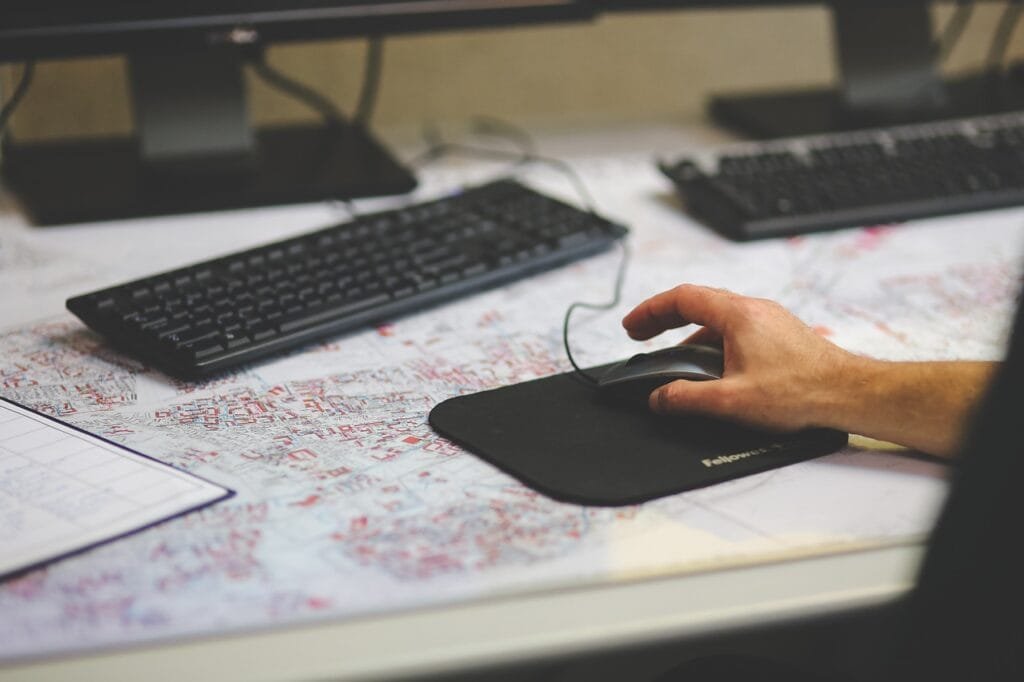




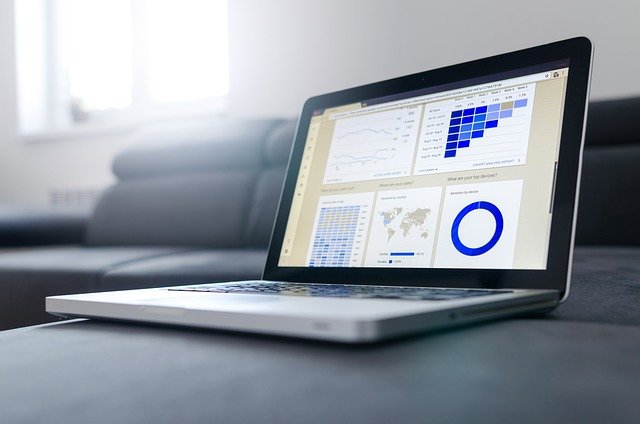



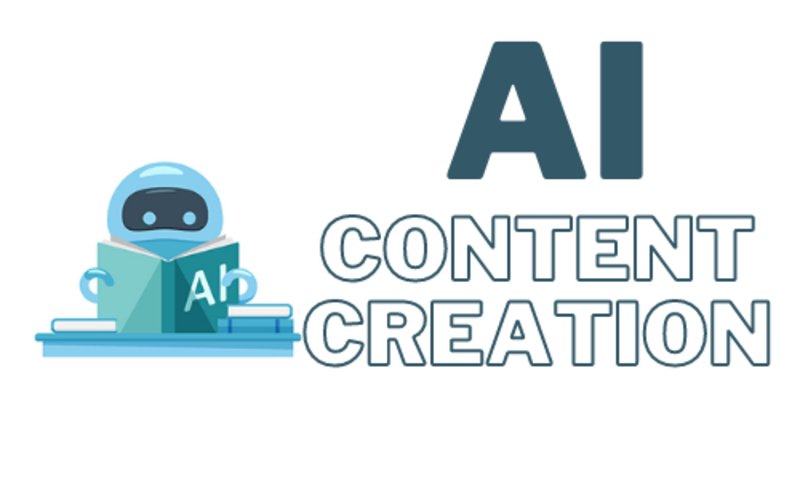



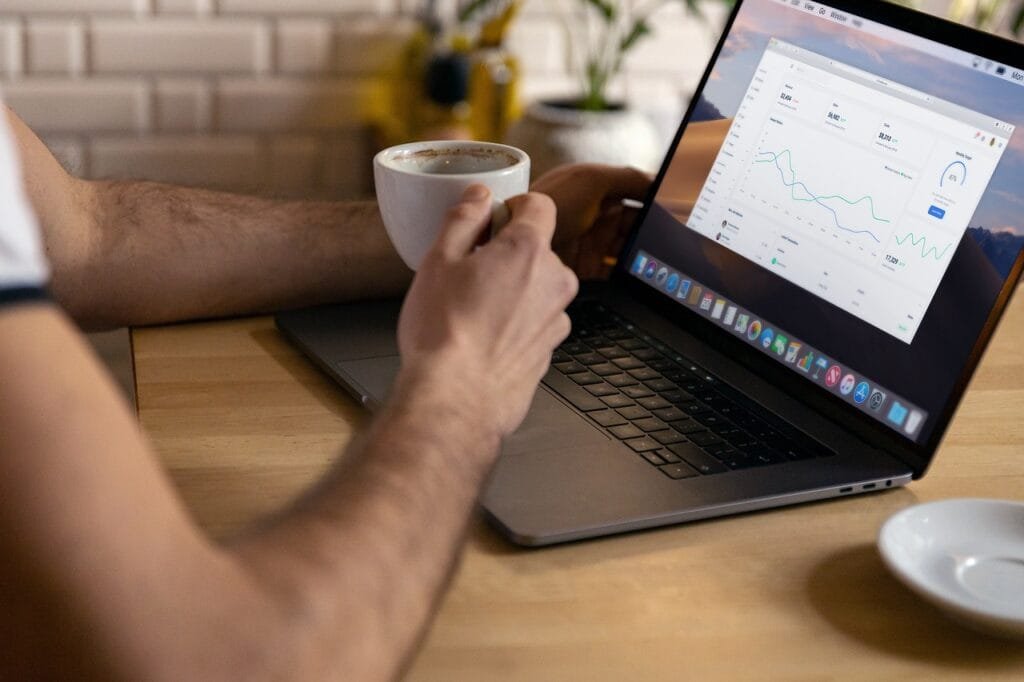



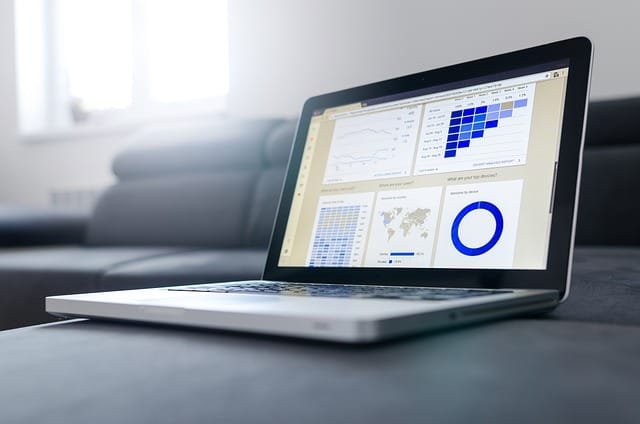
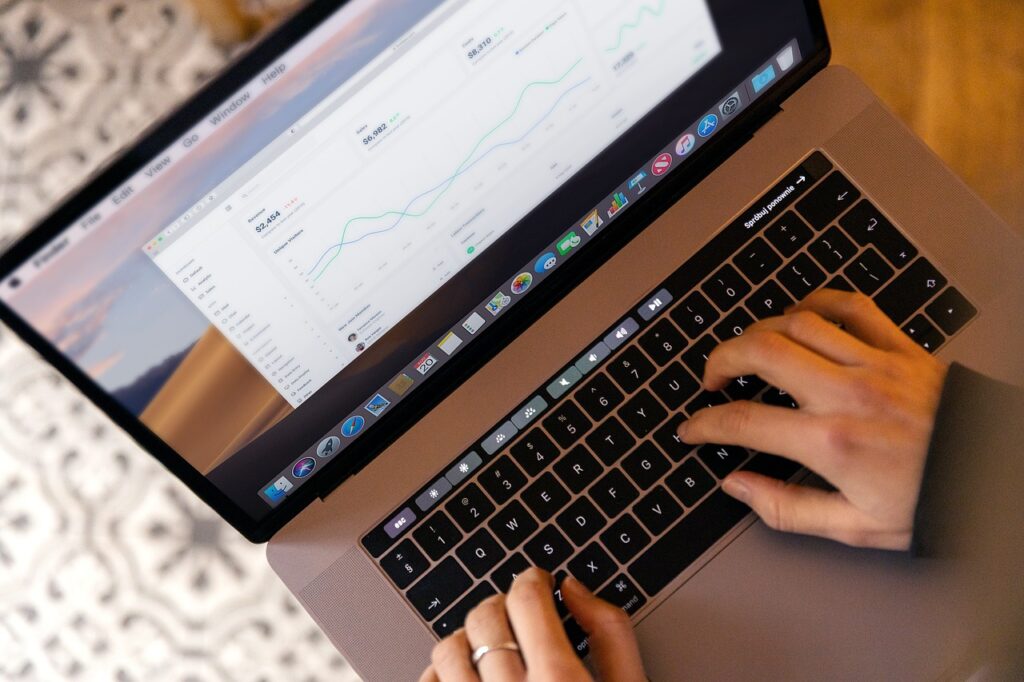
Comments are closed.